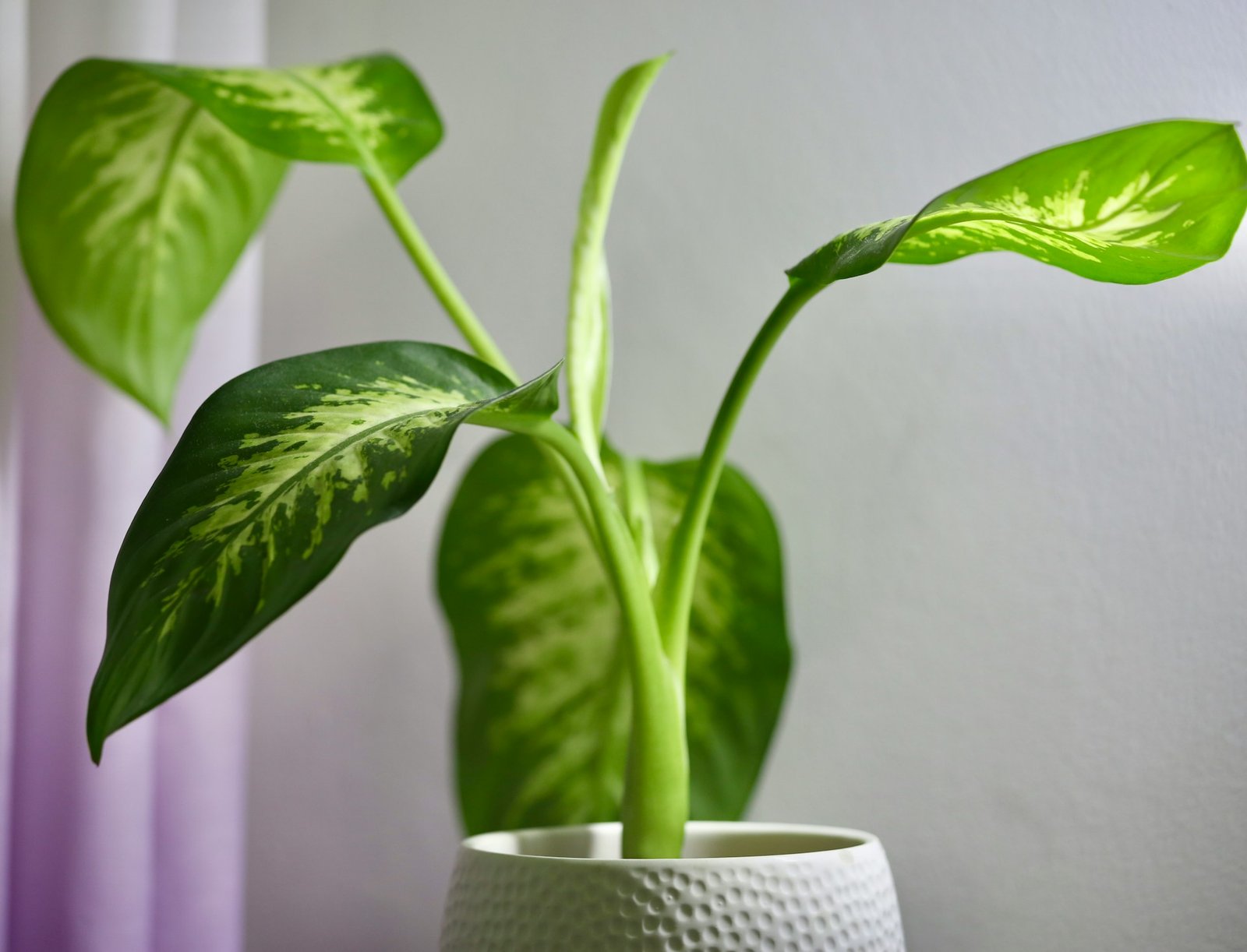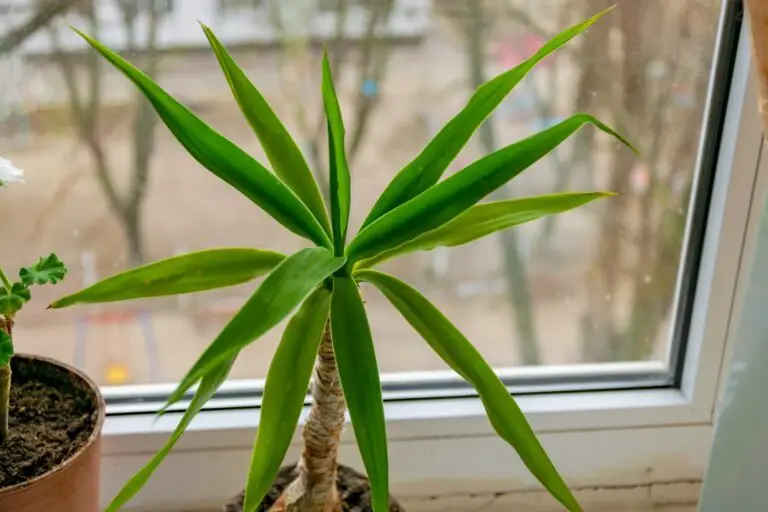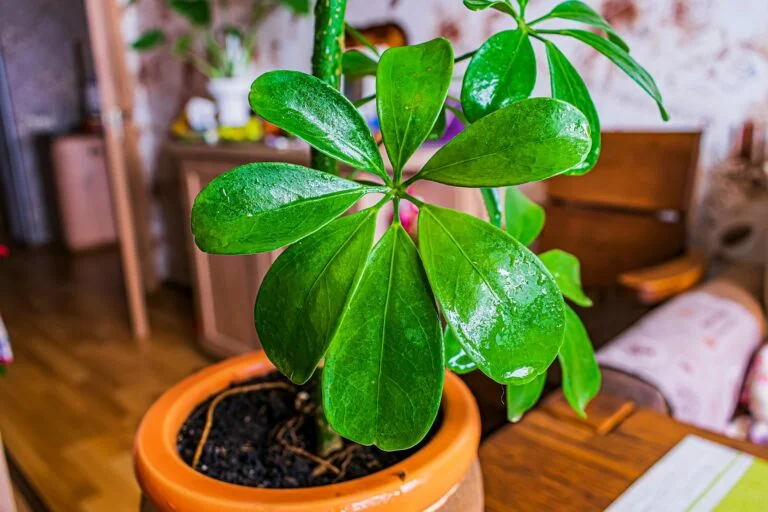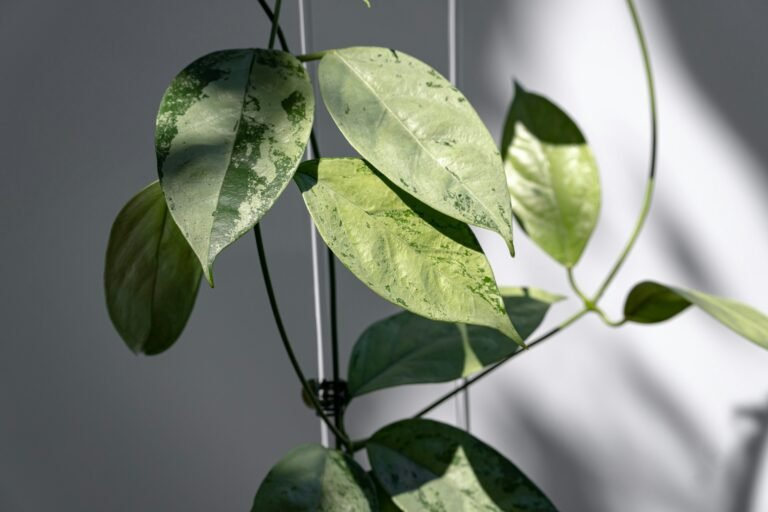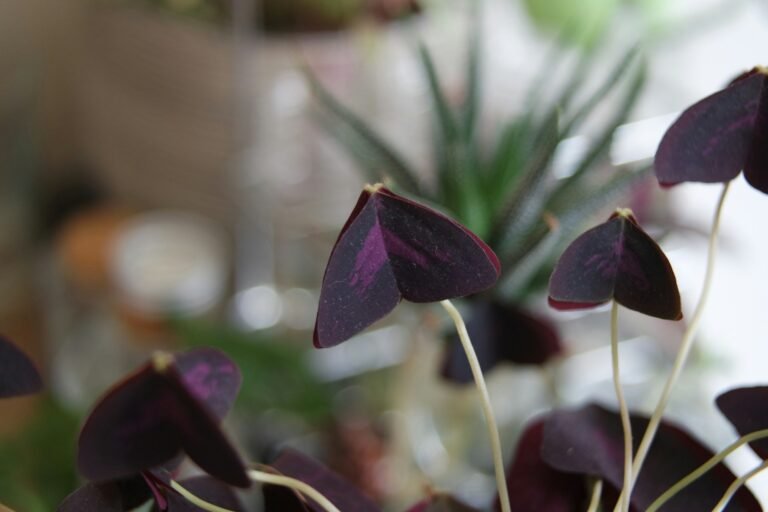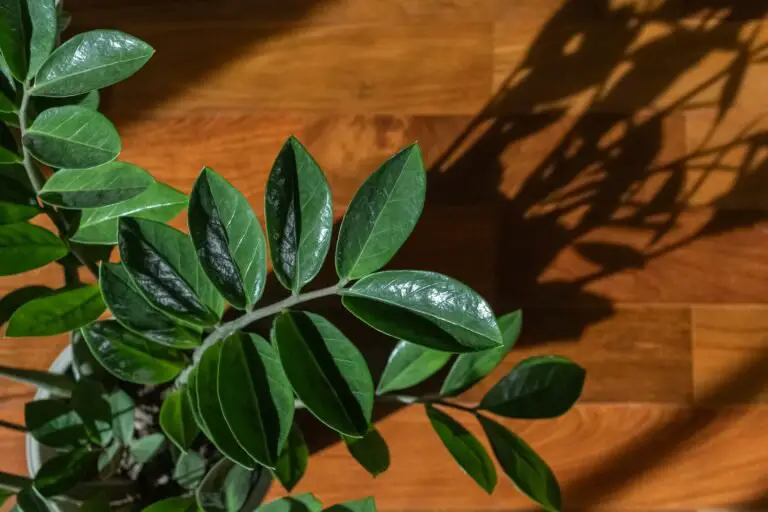Dieffenbachia Indoor Care: How to Keep This Speckled Beauty Alive and Thriving
So you got a Dieffenbachia because of the gorgeous variegated leaves and fast growth. Solid choice. It’s dramatic, tropical, and looks like you spent more time gardening than you actually did.
But here’s the thing—Dieffenbachia is a little sensitive. Not in a high-maintenance way, just… picky. And if you don’t respect its preferences? It will go full diva with yellow leaves, dropping stems, and zero warning.
The good news? It’s still a very beginner-friendly plant if you follow a few simple rules. Let’s break it all down.
Why Dieffenbachia Is a Great Indoor Plant

- Big, bold foliage with splashy variegation
- Grows fast and gets tall quickly with good care
- Tolerates a variety of indoor conditions
- Looks like a lush jungle plant with minimal work
Heads up: it’s called “Dumb Cane” because its sap can irritate your mouth/throat if ingested—so keep it away from kids and pets.
Now that we’ve cleared that up, let’s get to the care tips.
Light: Bright but Indirect Wins
Dieffenbachia loves light—but not the harsh stuff.
Give it:
- Bright, indirect light for the best leaf color and fast growth
- A few feet back from an east- or west-facing window
- Filtered sun through a curtain if the light’s too strong
Too much direct sun = scorched, faded leaves
Too little light = leggy stems and dull patterns
If it starts stretching and leaning? That’s a hint it needs more light.
Watering: Consistency Without the Swamp
Dieffenbachia likes moist soil—but not soggy. Overwatering is where most people go wrong.

How to water:
- Water when the top 1–2 inches of soil are dry
- Water thoroughly, then let the excess drain
- Reduce watering in cooler months
Signs you’re overwatering:
- Yellowing lower leaves
- Mushy stems
- A sad, droopy plant that doesn’t perk up after watering
When in doubt, let it dry a little longer.
Humidity and Temperature: Keep It Warm and Slightly Moist
It’s tropical, so yeah—it prefers a humid environment.
Aim for:
- 40–60% humidity
- Temperatures between 65–80°F (18–27°C)
- No cold drafts, AC blasts, or freezing windows
Too cold? The plant stalls. Too dry? Leaves get crispy at the edges. You don’t need rainforest humidity, but dry air = meh vibes.
Soil and Potting: Drainage Is Non-Negotiable
Dieffenbachia likes soil that holds a bit of moisture—but still drains fast.
Use:
- A well-draining potting mix
- Potting soil + perlite or coarse sand
- A pot with a drainage hole (every time)
If the soil stays wet for too long, you’re asking for root rot.
Fertilizer: Feed for Faster Growth
This plant grows fast when it’s happy. Feed it to keep the momentum going.
Fertilize:
- Every 4–6 weeks during spring and summer
- Use a balanced liquid fertilizer at half strength
- Don’t fertilize in winter—Dieffenbachia slows down and doesn’t need the extra energy
Too much food = salt buildup = brown leaf tips. Less is more.
Pruning and Styling: Control the Chaos
Dieffenbachia can get leggy or top-heavy, especially in lower light. Luckily, it responds well to pruning.
How to prune:
- Trim tall or bare stems just above a node
- New shoots will grow from the cut
- Wipe leaves with a damp cloth to keep them dust-free and glossy
This also helps with airflow and keeps pests from moving in.
Common Issues and What They Mean
Yellow leaves
Usually from overwatering or low light. Remove them and check your watering habits.
Drooping plant
Could be dry, overwatered, or rootbound. Check the soil first.
Brown edges
Low humidity or salt buildup from hard tap water or over-fertilizing.
Leaning or stretched growth
Needs more light. Rotate the pot or move it to a brighter spot.
Sticky leaves or webbing?
Time to inspect for pests—Dieffenbachia isn’t pest-prone, but spider mites and mealybugs occasionally show up.
Safety Warning (Quick but Important)
The sap of Dieffenbachia can irritate skin or mucous membranes. If chewed or ingested, it can cause temporary speech loss or swelling—hence the nickname “Dumb Cane.”
Bottom line:
- Wash your hands after pruning
- Keep it away from pets and small kids
- Don’t rub your eyes while handling it (ouch)
It’s not out to get you—just be smart and you’ll be fine.
Final Thoughts
Dieffenbachia is a fast-growing, attention-grabbing plant that’s perfect for people who want a bold look without next-level plant skills.
It’s beautiful, relatively easygoing, and lets you know when it’s unhappy—so you’re never guessing for long. Give it indirect light, moderate watering, and a little space to stretch, and it’ll reward you with lush, speckled foliage all year round.

